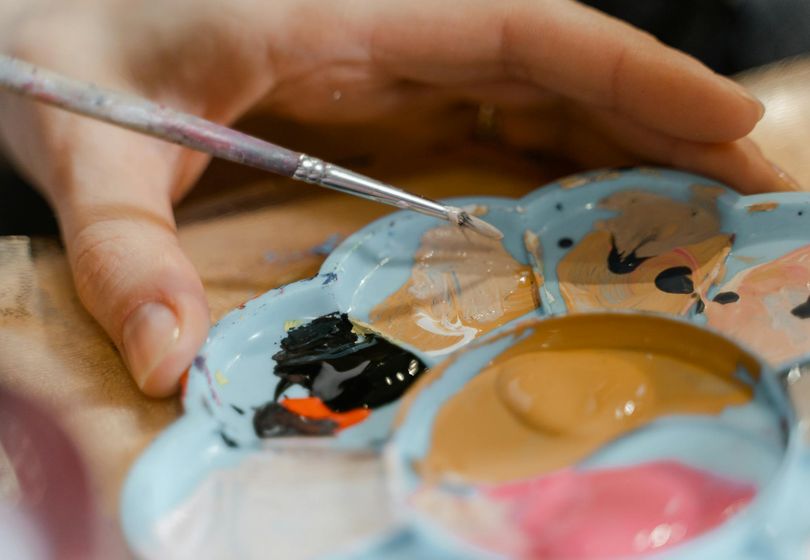
The world of handmade products is witnessing a shift towards sustainability, creativity, and authenticity. As we approach 2025, several trends are emerging among handmade enthusiasts that are shaping the future of this industry. From eco-friendly materials to innovative techniques, here are some of the top trends that are currently in vogue.
Eco-Friendly Materials: One of the most significant trends in the handmade industry is the use of eco-friendly materials. Handmade enthusiasts are increasingly opting for sustainable options such as bamboo, organic cotton, and recycled fabrics. These materials not only reduce the environmental impact of production but also appeal to consumers who are conscious of their carbon footprint.
Upcycling: Upcycling, the process of transforming discarded materials into new products of higher value, is gaining popularity among handmade artisans. By upcycling materials such as old denim, vintage buttons, and reclaimed wood, artisans are able to create unique and environmentally friendly products that tell a story.
Natural Fibers: Natural fibers such as linen, jute, and hemp are being embraced by handmade enthusiasts for their durability and eco-friendly properties. These fibers are not only biodegradable but also provide a luxurious and sustainable alternative to synthetic materials.
Minimalism: In a world inundated with mass-produced goods, minimalism has emerged as a prominent trend in the handmade industry. Handmade products that embody simplicity, functionality, and clean lines are captivating consumers who seek a clutter-free and mindful lifestyle.
Hand Painting: Hand painting is making a comeback in the handmade industry, with artisans using traditional painting techniques to create one-of-a-kind pieces. Whether it's hand-painted ceramics, textiles, or home decor items, this trend adds a personal touch and artistic flair to handmade products.
Zero-Waste: The zero-waste movement is influencing handmade enthusiasts to adopt practices that minimize waste throughout the production process. From using scraps for patchwork to incorporating reusable packaging, artisans are finding creative ways to reduce their environmental impact and promote sustainability.
Slow Fashion: Slow fashion is a growing trend in the handmade industry that focuses on creating high-quality garments with a timeless appeal. By emphasizing craftsmanship, durability, and ethical production practices, slow fashion encourages consumers to invest in well-made pieces that will last for years to come.
Local Artisans: Supporting local artisans and small businesses is a trend that continues to gain momentum in the handmade community. By purchasing handmade products from local makers, consumers are not only investing in their communities but also fostering a deep appreciation for craftsmanship and traditions.
Digital Patterns: The rise of digital technology has opened up new possibilities for handmade enthusiasts, with digital patterns becoming a popular choice for creators. Whether it's sewing patterns, knitting charts, or embroidery designs, digital patterns offer convenience, accessibility, and endless customization options.
Art Therapy: Handmade products are increasingly being recognized for their therapeutic benefits, with art therapy emerging as a powerful trend in the handmade industry. Creating handmade items allows individuals to express themselves creatively, reduce stress, and promote emotional well-being.
As we look towards 2025, these trends are expected to continue shaping the landscape of the handmade industry, inspiring artisans and consumers alike to embrace sustainability, creativity, and artistry.
